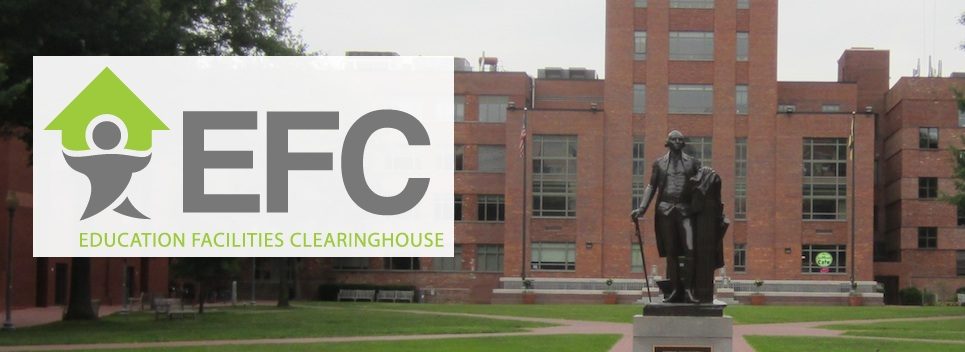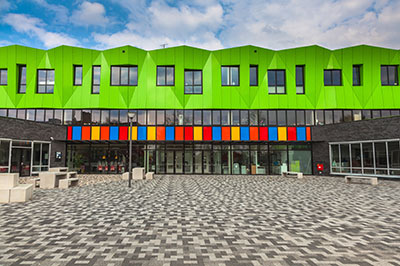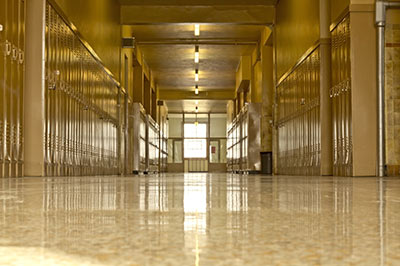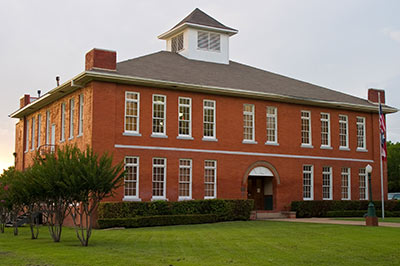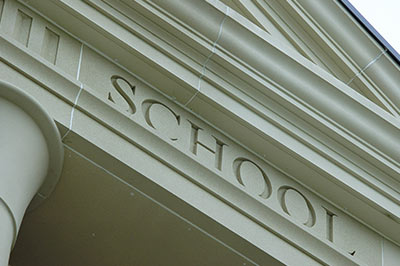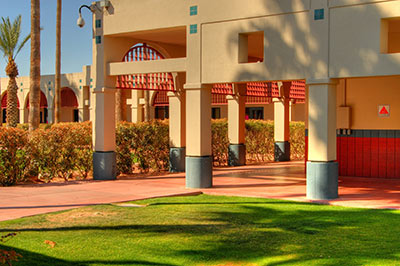Abramson, P. (2011).
Total school construction fell in 2010, but even so, more than $14.5 billion dollars of construction was put in place making schools one of the largest construction markets in the United States. The SP&M Construction Report provides information on expenditures for new construction, additions and retrofits in the U.S. It addition, it provides regional and national medians and a profile of what these new school will provide.
